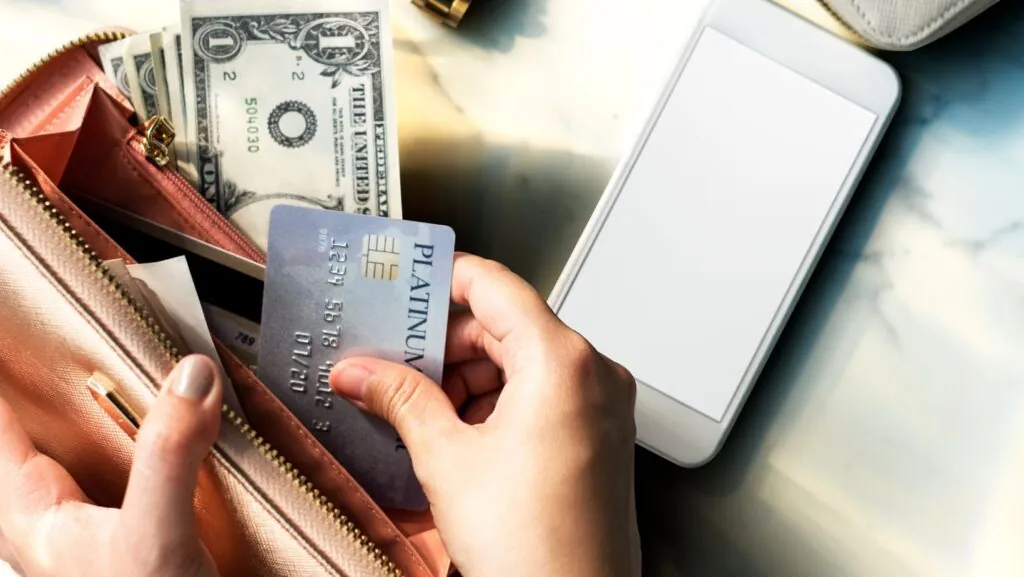Spending habits tell a lot about a person. Thus, the psychology behind them utilizes a mental framework to understand the deep-rooted mental triggers that are conducive to purchases. By comprehending these triggers, people can begin to take control of their spending. Through this enhanced perspective, expenditure becomes not only gratifying but useful in achieving goals that may take surprising, sometimes indirect paths. Therefore, let’s look at the triggers and how to overcome them.
How Emotions Fuel Your Spending Patterns
Emotions affect how and why purchases are actually made. Buying is more of a feeling than a need, more often than not, and when people feel happy, stressed, or nostalgic, buying sprees become more common.
Emotional relief and impulse purchasing go hand in hand. This kind of spending bypasses rational evaluation and pushes toward immediate gratification. Knowing this pattern exists allows for decisions that help you break free to make purchases that are more strategic and balanced toward achieving long-term goals.
Cognitive Bias Influences How You Perceive Value
Your brain uses shortcuts called biases to analyze product information, including the spending decisions you make. For instance, with the anchoring effect, the first price you see will heavily influence the price you pay for an item.

As with the bandwagon effect, you will buy items deemed popular because you have social validation needs. Understanding these biases allows you to think through automatic reactions and evaluate whether a purchase is truly a benefit.
Purchasing Behavior and Social Influence
Your spending preferences often show the social need you identify with or aspire to. Your buying choices, how you purchase it, and even how you consume it are shaped with the help of peer pressure, culture, and trends. Spending also tends to range beyond the necessity to help achieve a desired social status. Becoming aware of these factors enables you to control your choices and ensures your spending reflects what is important to you.
Marketing’s Psychological Impact on Purhasing Behavior
It is true that your emotions, social desires, and even your biases shape your marketing purchases. Marketers tap into the emotions and biases through various techniques and tools, such a storytelling, celebrities, and emotional appeals. In marketing, impulse buying is a common approach that many brands practice. This is often brought on by the pay-per-view shows and the overt use of emotional advertising.
Understanding such marketing techniques makes a consumer more mindful while shopping, reducing the chances of getting manipulated and allowing them to derive true value from the purchases made.
How Digital Payment Systems Affect Mental Spending Barriers
Digital payments transform your mental framework for spending. The so-called “pain of paying” is actually alleviated with digital transactions. Payments become less constricted to time and place, a concept termed Spendception. A lessened perception of spending with spineless internal resistance leads to wasting money, especially among people who have less emotional control.
Now, let’s look at how to overcome these challenges.
Turning Purchases Into Personal Gains
With every purchase you make, you have the opportunity to make some form of reimbursement from it. One way of doing so is to leverage cashback or rewards programs. These programs effectively offer cashback or rewards for your spending, which lowers the net expense value. Choosing to shop at particular retail stores, such as through credit cards or platforms that offer the possibility to fetch extra savings receipt cashback programs, turns your spending into savings and benefits. Thus, this tactic allows for spending to be intelligently done.
Practical Tips to Harness the Psychology of Your Spending
There are practical tips that can help achieve more with spending behavior. These refinements allow better control over spending and help you be in charge of what you consume.

- Take a moment to think before any purchase. This helps to reduce emotional or impulse spending.
- Create a spending plan adhering to your morals and ethical standards.
- Identify advertising stimuli, but analyze them constructively.
- Be deliberate when tracking your online spending to prevent overspending.
- Select from cashback programs to allow for some form of saving on any purchases that you happen to make.
- Limit status symbols’ focus and social incentives to genuine bonds.
Conclusion
Having the right information empowers you to make purchases that have the potential to bring you financial benefits long after the initial purchasing gesture. Spending becomes meaningful in many ways as you learn to manage emotional factors, cognitive biases, social influences, and utilize receipt cashback. The right tools alongside the knowledge of consumer spending can make every purchase turn into an investment towards a more financially secure future.














Discussion about this post